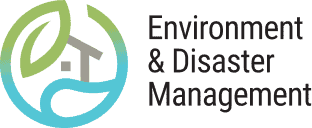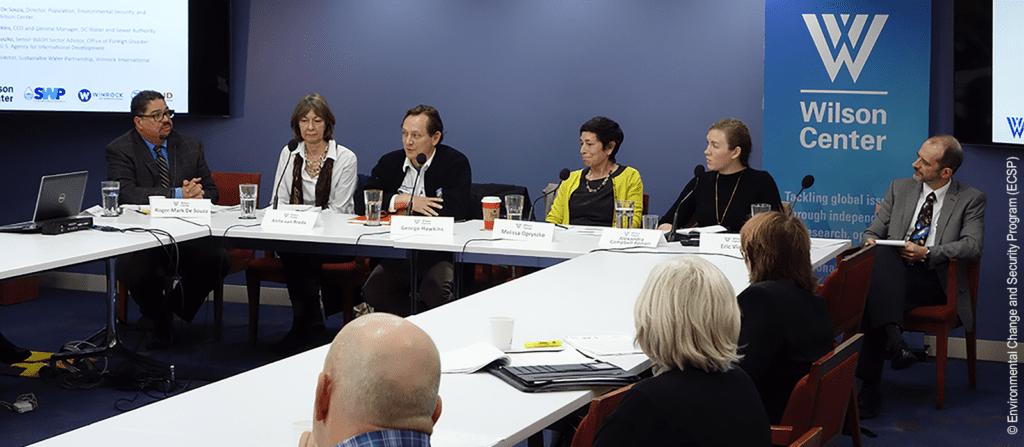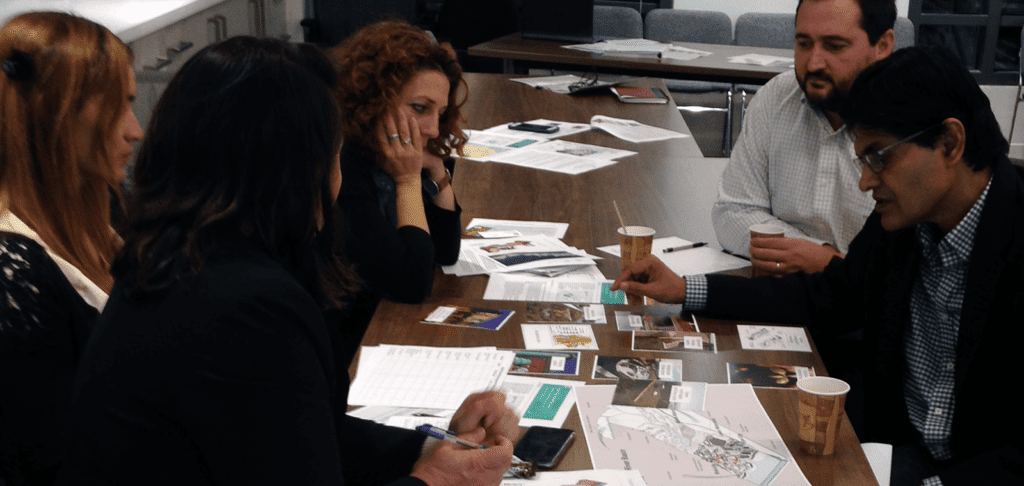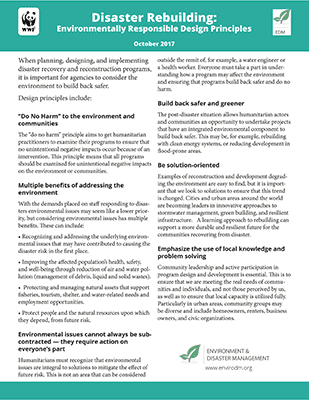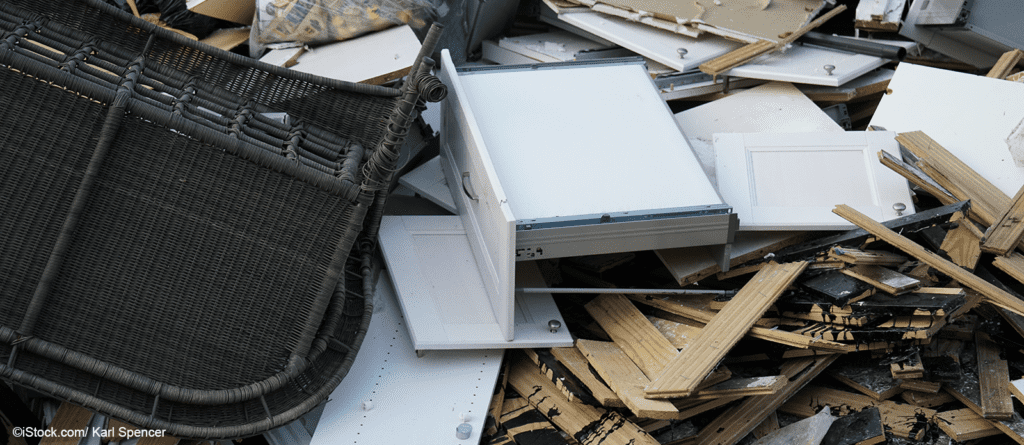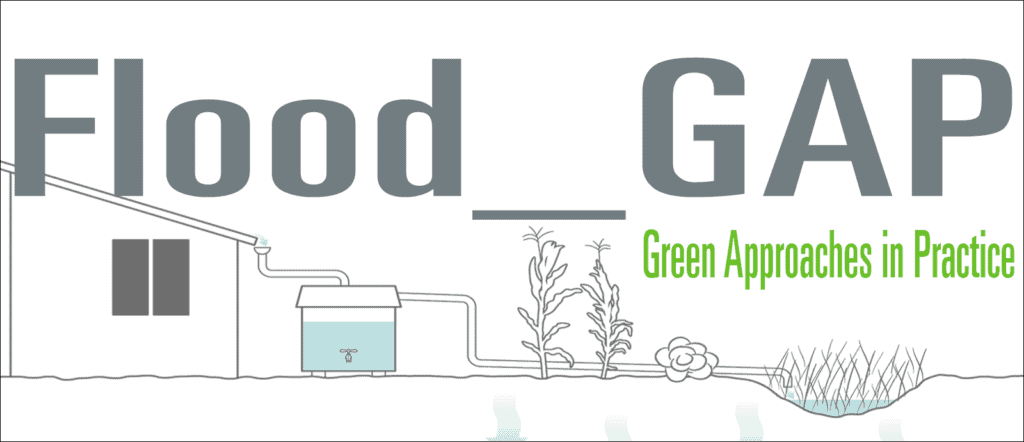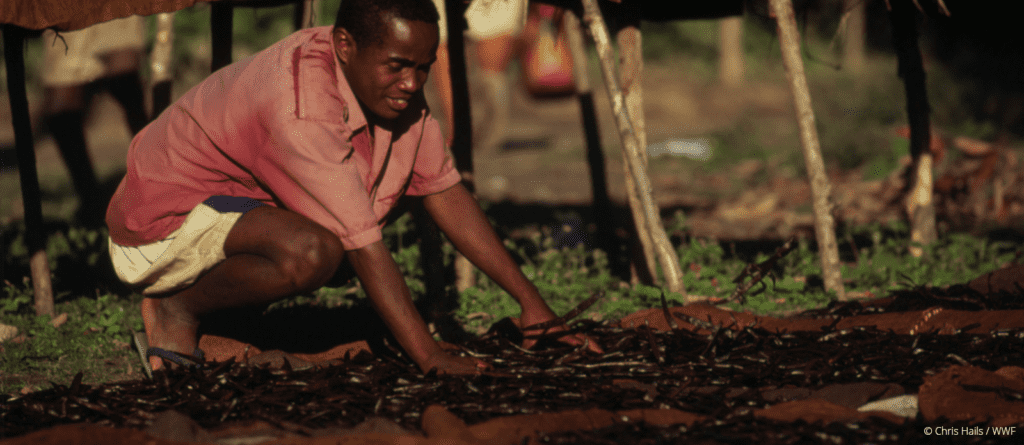News
The Challenge of Too Much Water: Ensuring Sustainable Water, Resilient Communities
This event was presented by the Woodrow Wilson Center Environmental Change and Security Program and co-sponsored by the Global Sustainability and Resilience Program. A panel of experts including Anita van Breda, shared their experiences managing floods and mitigating their impacts, including storm surges, infectious disease outbreaks, and pollution, as well as offered suggestions for using…
Read MoreUrban Flood Management Simulation Takeaways
When it comes to flood management, leaders face many challenges and many options. Every community will have a different solution. But communities will have to work together if they want to find solutions that last. This was one conclusion attendees reached at a November simulation exercise focused on integrating a watershed approach into urban flood…
Read MoreWhere are you in the watershed? Integrating a watershed approach to flood management into DRR and recovery programming
FLOOD MANAGEMENT SIMULATION EXERCISE An integrated, watershed approach to flood management that combines policy, natural and nature-based methods, and hard engineering can reduce flood risk, promote co-benefits, and maximize the benefits of flooding. However, flood managers often approach flood management as a one-off project, where water is treated as a problem and not a resource,…
Read MoreEnvironmentally Responsible Disaster Recovery and Reconstruction Recommendations
International, national, and local laws require compliance with environmental policy and regulatory frameworks. At the international level, the Sphere Handbook, the Code of Conduct for The International Red Cross and Red Crescent Movement and NGOs in Disaster Relief, and the Sendai Framework for Disaster Risk Reduction address the need to prevent over-exploitation, pollution, and degradation of…
Read MoreDisaster Rebuilding: Environmentally Responsible Design Principles
When planning, designing, and implementing disaster recovery and reconstruction programs, it is important for agencies to consider the environment to build back safer.
Read MoreIs Your Construction Reducing Risk?
This is a short presentation that was given at the Shelter Centre Meeting 17 on October 6, 2017 by Vidushi Dwivedi, Resilient Reconstruction and Recovery Intern at Northwestern University and Jennifer Pepson Elwood, Manager of the Green Recovery Connect Helpdesk. The presentation provides an overview of the challenges with meeting global demands for building materials…
Read MoreDownload Building Material Selection and Use Guide (BMEG)
Practical guidelines for responsible material selection and use for government agencies, nongovernmental organizations (NGOs) and the private sector are rare. This guide aims to fill a gap and provide guidance on better practices for government agencies, private sector companies, NGOs, and community-based organizations (CBOs) for environmentally responsible selection, sourcing, use and disposal of construction material.…
Read MoreOur sympathies go out to all the disaster affected communities as they begin to recover and rebuild.
Monsoon rains in Southeast Asia and hurricanes in the Gulf of Mexico and the Atlantic Ocean have caused widespread devastation across Nepal, Bangladesh, India, the Caribbean, and Texas, Florida, and the Virgin Islands in the United States. In Mexico, an 8.1 earthquake struck off the coast, the strongest in a century, during the evening of…
Read MoreFilling the knowledge gap between theory and practice
OVERVIEW Flood Green Approaches in Practice (Flood GAP) is an effort led by the WWF Environment and Disaster Management Program to crowdsource information on how and where natural and nature-based water management methods are being used around the world. We recognize that nature-based approaches may have multiple functions. We are particularly interested in emerging better…
Read MoreRecovering from a Cyclone and Reducing Risk for Future Disasters in Madagascar
Cyclone Enawo hit Madagascar in March 2017, the strongest to hit the country in 15 years. It killed 81 people, displaced another 434,000, and caused an estimated $400 million in damages–4 percent of Madagascar’s annual economic output. The country’s agriculture sector alone lost $207 million, much of it from the vanilla industry, which supplies up…
Read More